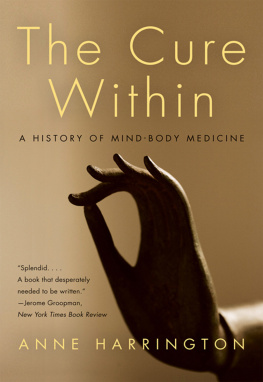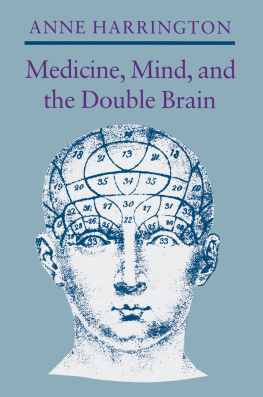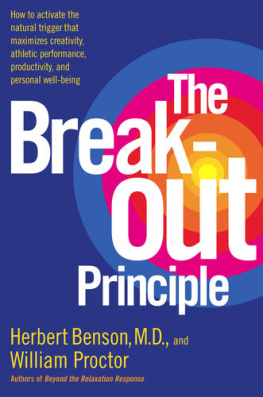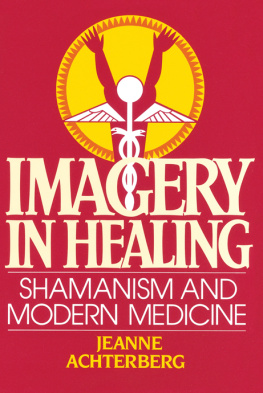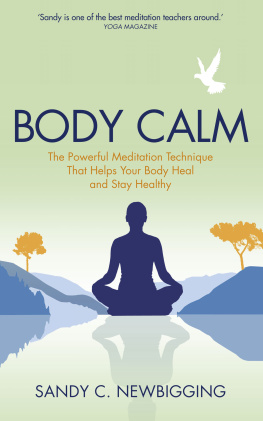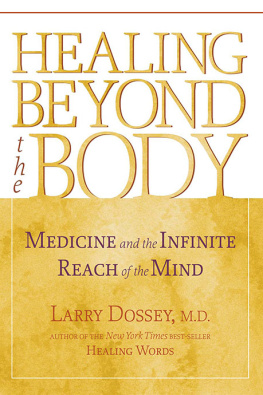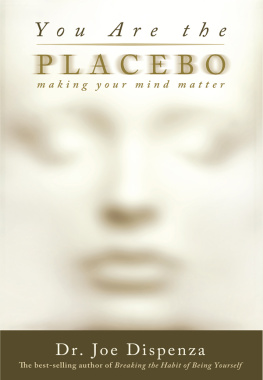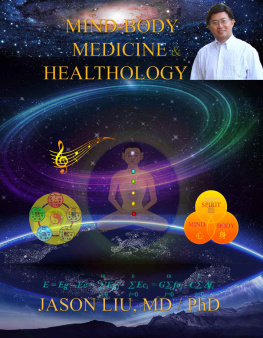T HE C URE W ITHIN
A History of Mind-Body Medicine
A NNE H ARRINGTON

W. W. Norton & Company
New York London
Copyright 2008 by Anne Harrington
Miss Gee by W. H. Auden, from Collected Poems , edited by Edward Mendelson.
Copyright 1940 and renewed 1968 by W. H. Auden. Used by permission of Random House, Inc. and Faber and Faber Ltd.
Adelaides Lament by Frank Loesser, from Guys and Dolls. Copyright 1950. Renewed Frank Music Corp. All rights reserved. Personal Stress Assessment by Robert Sward, from Four Incarnations: New & Selected Poems, 19571991, Coffee House Press, 1991.
All rights reserved
For information about permission to reproduce selections from this book, write to Permissions, W. W. Norton & Company, Inc., 500 Fifth Avenue, New York, NY 10110
Production manager: Andrew Marasia
Library of Congress Cataloging-in-Publication Data
Harrington, Anne, 1960
The cure within: a history of mind-body medicine / Anne Harrington.
p.; cm.
Includes bibliographical references.
ISBN: 978-0-393-07108-5
1. Medicine, PsychosomaticHistory. 2. Mind and bodyHistory. I. Title.
[DNLM: 1. Psychosomatic Medicinehistory. 2. Mental Healing. 3. Mind-Body Relations (Metaphysics) 4. Psychophysiologic Disorders. WM 11.1 H299c 2008]
RC49.H333 2008
616.00199dc22
2007030906
W. W. Norton & Company, Inc., 500 Fifth Avenue, New York, N.Y. 10110
www.wwnorton.com
W. W. Norton & Company Ltd., Castle House, 75/76 Wells Street, London W1T 3QT
To John: my toughest critic and best friend
CONTENTS
A CKNOWLEDGMENTS
This book has been long in the making, and over the years it has been enriched by contact with numerous people and institutions. I found my original inspiration for this book during a six-year stint as a core member of the MacArthur Foundation Network on Mind-Body Interactions. I am grateful for all the opportunities afforded me through that association, and for all the stretching conversations I had over the years with the members of that group: Robert M. Rose (director of the network), Richard J. Davidson, J. Allan Hobson, Martha K. McClintock, John T. Cacioppo, Stephen M. Kosslyn, John F. Sheridan, David M. Spiegel, Esther May Sternberg, and Eve Van Cauter.
I am grateful to Harvard Universitys Interfaculty Mind, Brain, Behavior Initiative for supporting me in my early interest in the placebo effect and my efforts to catalyze constructive dialogue across the biomedical sciences and the social sciences on the topic. I also owe a debt to the Mind and Life Institute, and especially its chair and CEO, Adam Engle, for the opportunity to participate in projects and dialogues concerned with relations between Buddhist philosophy and practice, science, and health. Thanks also to the Shanghai Qigong Research Institute in Shanghai, Chinaand especially to my primary mentor, Dr. Chufor first opening up the world of medical qigong practice for me in immediate experiential ways. Early on, I had the good fortune to collaborate with colleagues at the National Library of Medicine on an exhibition entitled Emotions and the Brain that gave an early outing to some of the ideas in this book; my appreciation here especially to Esther Sternberg, Elizabeth Fee, and my fellow guest curator on the exhibition, Theodore Brown. Finally, from 2003 to 2004, I enjoyed a sabbatical year at the Bristol Institute for Advanced Studies, in the University of Bristol, UK, where I sketched the first draft of the ideas of this book. My thanks here go to Karine Taylor (administrator) and to the then-provost of the institute, Bernard Silverman.
For interviews and various personal communications, my thanks go to Herbert Benson, Lisa Berkman, Richard Davidson, Marceil Delacy, Howard Fields, Daniel Goleman, Jon Kabat-Zinn, Feng Lida, Robert Rose, Arthur Shapiro, David Spiegel, Francisco Varela, and Peter Hahn (who also shared rare books from his private library at the University of Heidelberg with me).
For comments on chapters of the manuscript at various stages, I thank Laura Harrington, Jon Kabat-Zinn, Stephen Kosslyn, Katinka Matson, Daniel Moerman, Charles E. Rosenberg, Sam Schweber, and Ilina Singh. For research assistance at various stages of this project, I am grateful to Ziad Obermeyer, Juliane Oepen, Ilina Singh, and Kevin Stoller.
In the final leg of this project, Kevin Stoller, an advanced graduate student at Harvard University in the Department of the History of Science, also proved himself a wonderfully perspicacious reader and editor. I feel very fortunate to have had the benefit of his intelligent eye and many suggestions.
Various arguments in this book were first aired and discussed in lectures given at the National Center for Complementary and Alternative Medicine at the National Institutes of Health; the Department for the History and Philosophy of Science at Cambridge University; the Program in History of Medicine at Yale University; the Program in Science, Technology, and Society at MIT; the Eidgenssische Technische Hochschule in Zurich; the Department of Sociology at the University of Bristol; and the Bios Centre at the London School of Economics. In addition, over the past several years, I undertook to test-drive much of the material of this book in an undergraduate course I offered in the Faculty of Arts and Sciences at Harvard University called Stories under the Skin: The Mind-Body Connection in Modern Medicine. The students in that class were my first real audience, and I owe more than I can probably properly acknowledge to their responses, challenges, questions, and insights.
Real thanks also to my agent, Katinka Matson, for always believing in the project, and for providing encouragement at several crucial points. My unfailingly kind and insightful editor at W. W. Norton, Angela von der Lippe, saw the trade-book potential in a manuscript written in an overly academic style and pushed me to let a bit more fresh air and sunshine into the prose; I am grateful for her challenge. Copyeditor Elizabeth Pierson was a joy with whom to work. Elly Truitt did a splendid job setting up and implementing a system for finding and securing permission to publish all the images in this book. And in the last months before final delivery of the manuscript, Abby Hudson, my assistant at Harvard, stepped into multiple breaches: helping with the input of corrections, with copyright permissions, with the scanning of images, and much else besides.
My most personal thanks go to my husband, John Durant, who supported me through this whole process in more ways than I can list, read more versions of chapters than he should have, and always told me the truth about how he thought I was doing. This book is dedicated to him.
T HE C URE W ITHIN
Introduction
S TORIES , S CIENCE, AND C ULTURE UNDER THE S KIN
W hy do we fall ill? Most of the time, most of us believe we know the answer. Some illnesses are due to infection from a virus or bacterium; some to the breakdown of proper functioning of some organ in our body; some to a deficiency or excess of some crucial hormone, enzyme, or other chemical we need to be healthy. We believe toomore and morethat genes often play a role in illness, that certain diseases run in families. At the same time, we willingly accept that some diseases are triggered or exacerbated by a toxic environment (living by a chemical factory), a bad diet (too much saturated fat), or unwise habits (cigarette smoking).

